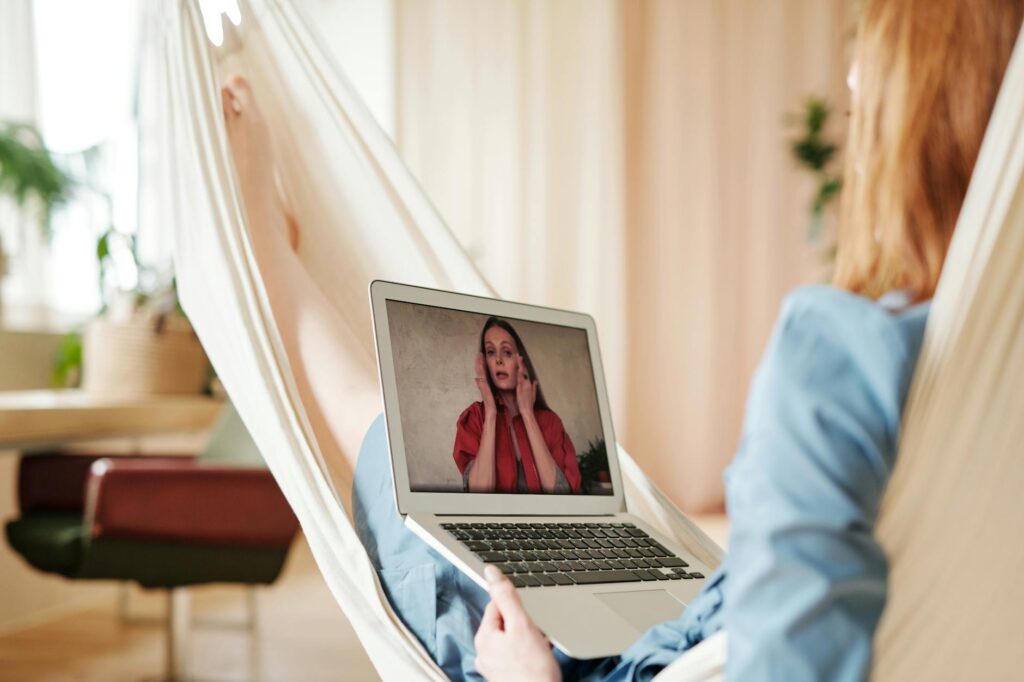What is balanced media consumption?

What is balanced media consumption?
In today’s digital landscape, where information constantly bombards us from all angles, the concept of balanced media consumption has never been more critical. With social media, news websites, podcasts, and streaming services vying for our attention, it can be challenging to find a healthy equilibrium. Striking a balance not only enhances productivity but also fosters a better work-life balance. As we navigate this digital age, understanding how to consume media mindfully can lead to greater well-being and personal growth.
Understanding Balanced Media Consumption
Balanced media consumption involves deliberately managing the types and amounts of media we engage with on a daily basis. It means consuming a variety of media sources across different platforms—rather than getting stuck in a repetitive loop of similar content. This diversity can include news articles, documentaries, podcasts, social media, and books, all tailored to provide a well-rounded understanding of the world.
The Definition of Balanced Media Consumption
Balanced media consumption isn’t just about limiting screen time; it involves being intentional about what you consume. Imagine your media diet as a plate at a buffet. If you only fill it with dessert, you miss out on the nutritious options that could enhance your overall health. In the same vein, a varied media diet ensures that you expose yourself to different viewpoints and ideas, enriching your understanding and perspective.
The Importance of Media Balance
Having a balanced media consumption approach can significantly impact mental health, productivity, and overall well-being. Overconsumption of certain types of media—such as negative news cycles or superficial social media feeds—can lead to increased anxiety and a skewed perception of reality. On the other hand, incorporating diverse and informative content can boost your mood, enhance your critical thinking skills, and foster a sense of connection with others.
For a deeper dive into how media balance impacts mental health, check out Understanding Social Media Use and Balance.
Strategies for Achieving Balanced Media Consumption
Achieving a well-rounded media diet may require some adjustments to your daily habits. Here are some practical tips to help you maintain a balanced approach to media consumption.
Curate Your Media Sources
Start by selecting diverse media outlets that offer a range of perspectives. Instead of relying solely on a few familiar sources, explore options that present differing viewpoints. This not only helps you stay informed but also encourages open-mindedness. You might subscribe to newsletters, follow various thought leaders on social media, or listen to podcasts addressing different topics.
Set Time Limits for Media Consumption
Scheduling specific times for media consumption can help prevent feeling overwhelmed. Think of it as setting aside time for exercise. Designate periods during the day to check news, scroll through social media, or watch your favorite shows. This approach not only helps curb excessive consumption but also allows you to be more present in other areas of your life.
Incorporate Offline Activities
To counterbalance your screen time, engage in offline activities. Whether it’s reading a physical book, going for a walk, or practicing a hobby, these activities provide mental clarity and reduce stress. Balancing digital interactions with face-to-face connections and hands-on tasks can significantly enhance your overall well-being.

Photo by Mikael Blomkvist
Evaluating Your Media Consumption Habits
To ensure your media consumption aligns with balanced principles, assessing your current habits is crucial. Reflecting on your patterns can lead to more intentional choices.
Self-Assessment Questions
Consider these reflective questions to evaluate your media habits:
- How much time do I spend consuming media daily?
- What types of media do I interact with most frequently?
- Do I feel overwhelmed or anxious after consuming certain media?
- Am I exposed to diverse perspectives, or do I stick to a narrow range of sources?
- What offline activities can I incorporate into my routine?
These questions can provide insight into your media consumption patterns and highlight areas for improvement.
Keeping a Media Diary
Maintaining a media diary can also aid in tracking your consumption and identifying patterns. Document the types of media you engage with each day, noting how you feel before and after each session. Over time, you may observe trends that either contribute to or detract from your overall well-being. This awareness can empower you to make more informed decisions about your media habits.
Conclusion: The Path to Balanced Media Consumption
In conclusion, balanced media consumption is essential for fostering productivity and personal growth in our digital age. By curating diverse media sources, setting time limits, and engaging in offline activities, you can create a healthier relationship with media. Evaluating and adjusting your consumption habits will lead to better mental health and a more nuanced understanding of the world around you.
If you’re interested in further insights into media balance, check out Media Balance & Well-Being. Remember, finding balance in your media consumption is not just a goal; it’s a journey toward a more fulfilling and well-informed life.